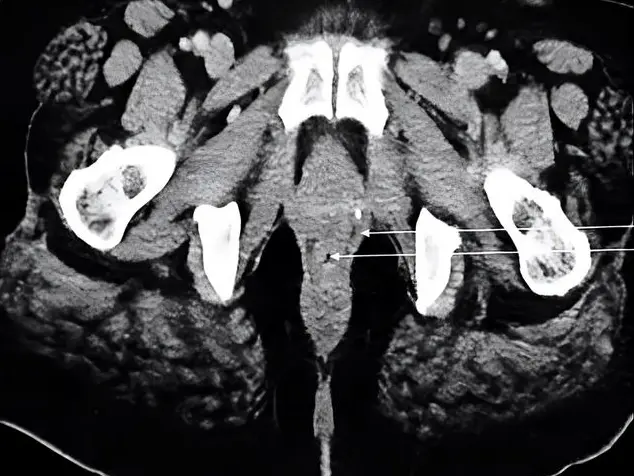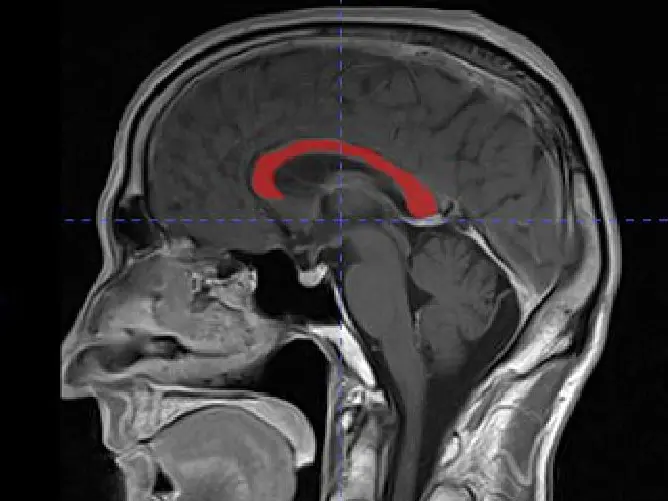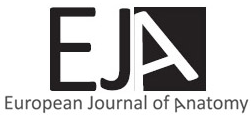The sexual dimorphism of the mastoid process, as demonstrated by cone beam computed tomography (CBCT), is not well examined in forensic anthropology or clinical diagnostics. The mastoid region can be precisely imaged in three dimensions using CBCT, which reveals minute anatomical variations between males and females. These characteristics can help forensic professionals identify the sex of unidentified human remains, helping to solve crimes and aid in the search for missing persons. Moreover, recognising sexual dimorphism in the mastoid process in clinical settings can help with precise patient identification and individualised medical treatments, highlighting the important function of CBCT in both the forensic and medical areas.
Morphometric analysis of the mastoid process using cone beam computed tomography
Karthikeya Patil1, Sanjay C.J.1, Varusha Sharon Christopher1, Eswari Solayappan1, Sharath Niranjan1, Deepa B.V.2
1 Department of Oral Medicine and Radiology, JSS Dental College and Hospital, JSS Academy of Higher Education and Research, Mysuru – 570015, Karnataka, India
2 Department of Oral and Maxillofacial Surgery, JSS Dental College and Hospital, JSS Academy of Higher Education and Research, Mysuru – 570015, Karnataka, India
SUMMARY
Eur. J. Anat.
, 28
(3):
331-
337
(2024)
ISSN 2340-311X (Online)
Sign up or Login
Related articles
Original article
Original article



